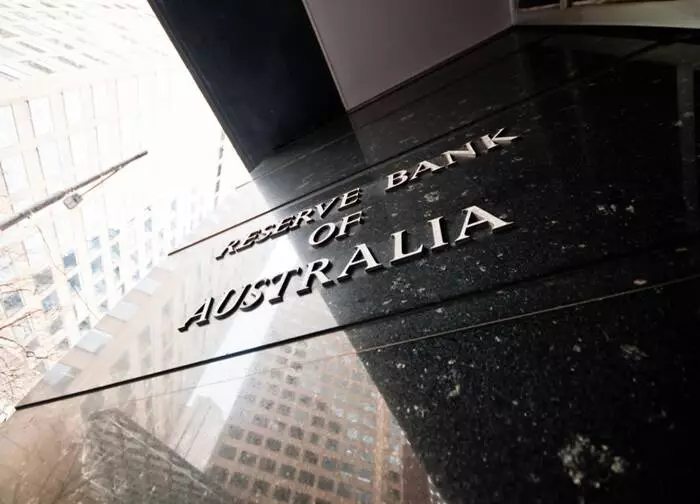As the Reserve Bank of Australia (RBA) prepares to provide an update on its economic outlook, market participants are expecting a cautiously optimistic statement. It is projected that the RBA will emphasize its data-driven guidelines, likely indicating continued see-sawing of economic conditions. With a steady focus on disinflation, the central bank may acknowledge recent incremental gains while hesitating to commit to specific monetary policy changes, including additional rate cuts. This reticence reflects the broader uncertainty that has characterized economic discussions in the region.
Recent trends indicate a positive movement toward disinflation, as evidenced by notable statistics for the second quarter of 2024. The reduction in headline inflation to 2.4%, down from 2.8%, signifies a meaningful shift and marks the lowest reading in over three years. This decline is significant in the context of the RBA’s inflation range target of 2-3%. Additionally, the trimmed mean inflation rate, often employed as an indicator of underlying inflation by the RBA, has also softened—falling from 3.5% in Q3 to 3.2% in Q4. While these figures suggest a stabilizing inflationary environment, they also imply an ongoing need for careful navigation by the RBA to ensure that inflation does not drift outside its desired parameters.
The recent slowing of GDP growth is another critical data point that the RBA must consider. Clocking in at just 0.8% year-on-year in Q3 2024—down from 1.0% the previous quarter—this marks the most sluggish pace of growth since late 2020. Although quarter-on-quarter growth showed a slight uptick, the overall economic momentum appears fragile. The central bank’s cautious stance may stem from the incompatibility of improving inflation rates against relatively tepid economic growth, complicating the path towards future monetary easing.
Interestingly, while the inflation and growth forecasts project caution, the Australian job market presents a contrasting narrative of resilience. Employment figures reveal an unexpected surge, adding over 56,300 jobs—significantly higher than the anticipated 15,000. This uptick has vital implications for consumer spending and economic vitality. Despite the broader signals of slowing growth, a solid jobs market could afford the RBA some leeway in reconsidering its current policy stance.
The currency market is presently observing the AUD/USD pairing closely, as it encounters resistance levels that could foreshadow its future trajectory. The pair’s fluctuation between 0.6417 and 0.6364 is indicative of larger economic sentiment and trader expectations surrounding the RBA’s forthcoming announcements. The interplay of these economic variables will ultimately shape investment sentiment and the Australian dollar’s value on the international stage.
The RBA’s upcoming statements will likely reflect a blend of cautious optimism amid a complicated economic backdrop. While disinflation and job growth create positive undercurrents, the central bank remains faced with the challenge of providing clear direction in a landscape marked by subdued growth and inflation concerns.

